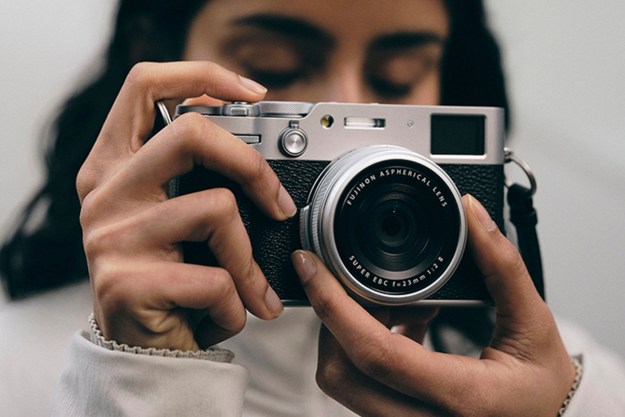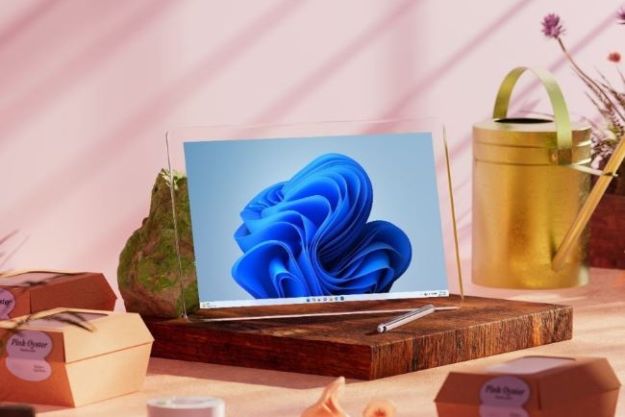
Eye-Fi, maker of the Mobi SD memory card that lets you wirelessly transfer photos and videos from a digital camera to a smartphone or tablet, just announced a beta Windows desktop receiver that works with Wi-Fi-enabled PCs, with a version for Mac in development (despite the word receiver, it’s actually software). It’s a bit strange that this wasn’t already a built-in feature, but it demonstrates how much of people’s everyday computing has shifted to mobile devices. Still, it’s an easy way to get photos off your camera and onto a computer for storage.

If you aren’t already familiar with Eye-Fi, the company makes standard-sized SDHC memory cards that are designed to work with supported digital cameras (most new digicams should be compatible). Embedded inside the card is a Wi-Fi chip that allows it to perform wireless transfers, giving users wireless connectivity in cameras that don’t have Wi-Fi built-in. Older versions of Eye-Fi required access to the Wi-Fi network, but the new Mobi card – released in June 2013 – establishes an ad-hoc, peer-to-peer connection between the camera and an Android, iOS, or Kindle device via the Eye-Fi app. When the devices are paired, the app pulls all the videos and photos off the card to the smart device, and the card powers down the Wi-Fi after the process has completed, to save battery (the original photos remain on the card). Once on your phone or tablet, you can edit and share the photos. Unlike regular SD cards, the Mobi cards, which range from $50 to $80, are pricey and capacities are small.
Previously Eye-Fi had desktop software for transferring software via a Wi-Fi network, but the new Mobi desktop receiver lets you establish that same one-on-one connection between camera and computer, removing the need for said network. The beta receiver is a free download for existing and new Mobi owners, but Eye-Fi could charge for it after it leaves beta (although we aren’t sure why it would, considering how expensive the Eye-Fi cards are).
But there are several caveats with this beta software. First, if you already have the previous version of Eye-Fi’s desktop software, it must be removed prior to installing the new receiver. Second, when the connection is established, your computer is no longer connected to a network if you’re using Wi-Fi, so your Internet and any wirelessly connected device will suffer temporary downtime. Third, you can only use the Mobi card with one device at a time, so you can’t transfer photos to a mobile device and then to your desktop as well. Fourth, it only works with Eye-Fi’s Mobi cards, not the Pro X2.
Also, with many computers having memory card readers built-in, it’s way simpler to pop the card out of the camera and insert it into an actual reader – the old-school way. But, for those who want to go wire-free on everything, the Mobi card now gives you that option. Regardless, many of you leave your photos on the memory card, but it’s a good habit to download them in order to make room on the card as well as archiving them in case of card failure.


